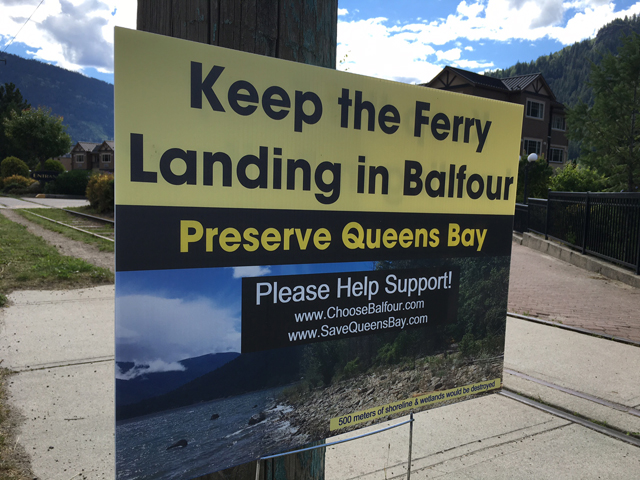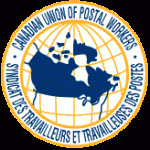Residents' report finds government’s feasibility study 'clearly inadequate'
After receiving no response from the provincial government, citizens opposed to closing the Balfour ferry terminal have gone public with the release of their own analysis of the government’s feasibility study.
The Queens Bay Residents Association said the 12-page document finds the SNC-Lavalin study inadequate, biased and unfit to base a decision to move the ferry terminal to Queens Bay.
The analysis was comprised of local information as well as input from experts in the transportation field, including Bill Griffiths, a former B.C. ministry of highways transportation economist.
“The SNC-Lavalin study presents an incomplete picture of the relative costs and benefits of the . . . options under consideration,” John Betts of the Queens Bay Residents Association said in a media release Monday.
Betts told The Nelson Daily the the 12-page document analysis was sent to the Ministry of Transportation and Infrastructure last week.
“It is clearly inadequate as an objective decision-making tool regarding [relocating] the Balfour ferry terminal,” Queens Bay Residents Association release added.
More than 300 people attended the Open House June 15th at Redfish Elementary School to listen to ministry proposals to address those challenges at the Balfour Ferry Terminal by considering improvements to the current facility or the relocation of the ferry terminal to the Queens Bay area.
Betts said the community analysis, which reflects the views of businesses and residents in both Balfour and Queens Bay, warned that because of numerous gaps in information critical to a proper assessment, costs for moving the ferry terminal could be twice the $30- to $50-million estimated by government consultants.
The media release also said the SNC-Lavalin report found the most favourable assumptions for moving the terminal, while dismissing, or ignoring, information supportive of retaining and improving the current location.
“Ultimately these limitations cast significant doubt on the [report’s] recommendations,” stated the opposition study.
The citizen report went on to challenge the integrity of government contractor SNC-Lavalin’s evaluation methods finding them “largely subjective and [exhibiting] considerable bias…[rendering] the study potentially misleading and contrary to professional standards.”
When contacted Monday by The Nelson Daily, a MOTI spokesperson said the technical feasibility study undertaken by SNC-Lavalin was an early step in the information gathering process.
The MOTI continues to seek public input until consultation period closes October 6th. The MOTI’s original consultation deadline was July 6, 2016.
“At the same time, the ministry is undertaking further technical analysis including archeological studies at the Queens Bay site and environmental assessment of dredging at the Balfour site,” the MOTI said in an email to The Nelson Daily.
“This additional work reflects the ministry’s commitment to continue to explore both technically feasible options.”
Betts said many questions are outlined in the SNC-Lavalin report remain ranging from concerns over the stability of the terrain near the proposed Queens Bay ferry terminal to the impracticality of operating a temporary barge rather than a second ferry as back up if Balfour was closed.
Currently if the MV Osprey is out of service, the MV Balfour takes over to move traffic between Balfour to Kootenay Bay on the East Shore of Kootenay Lake.
“We still have unanswered questions that need to be addressed by MOTI over the environmental, the socio-economic, and cumulative impacts of relocating the terminal to Queens Bay,” Betts said.
“As well we feel MOTI has not done enough analysis on the positive outcomes and possibilities of keeping the terminal in Balfour.”
Betts said residents had hoped to meet with MOTI officials. He said the Regional District of Central Kootenay agreed to facilitate such an engagement.
“We had hoped, of course, that our provincial government would have been willing to undertake further consultation with our communities, being that was one of the prime reasons for our asking for the extension,” said the Queens Bay Residents’ Association.
In the email, the MOTI said it is aware of the Queens Bay Residents Association, and has heard their concerns as well as more than other 1,500 responses.
“So far, the ministry has received significant feedback and the communities’ engagement and participation in this process is appreciated — this includes input from the Queens Bay Residents Association,” the MOTI spokesperson said.
“All input will be considered as the ministry assesses its options following conclusion of the public comment period.”


























Comments